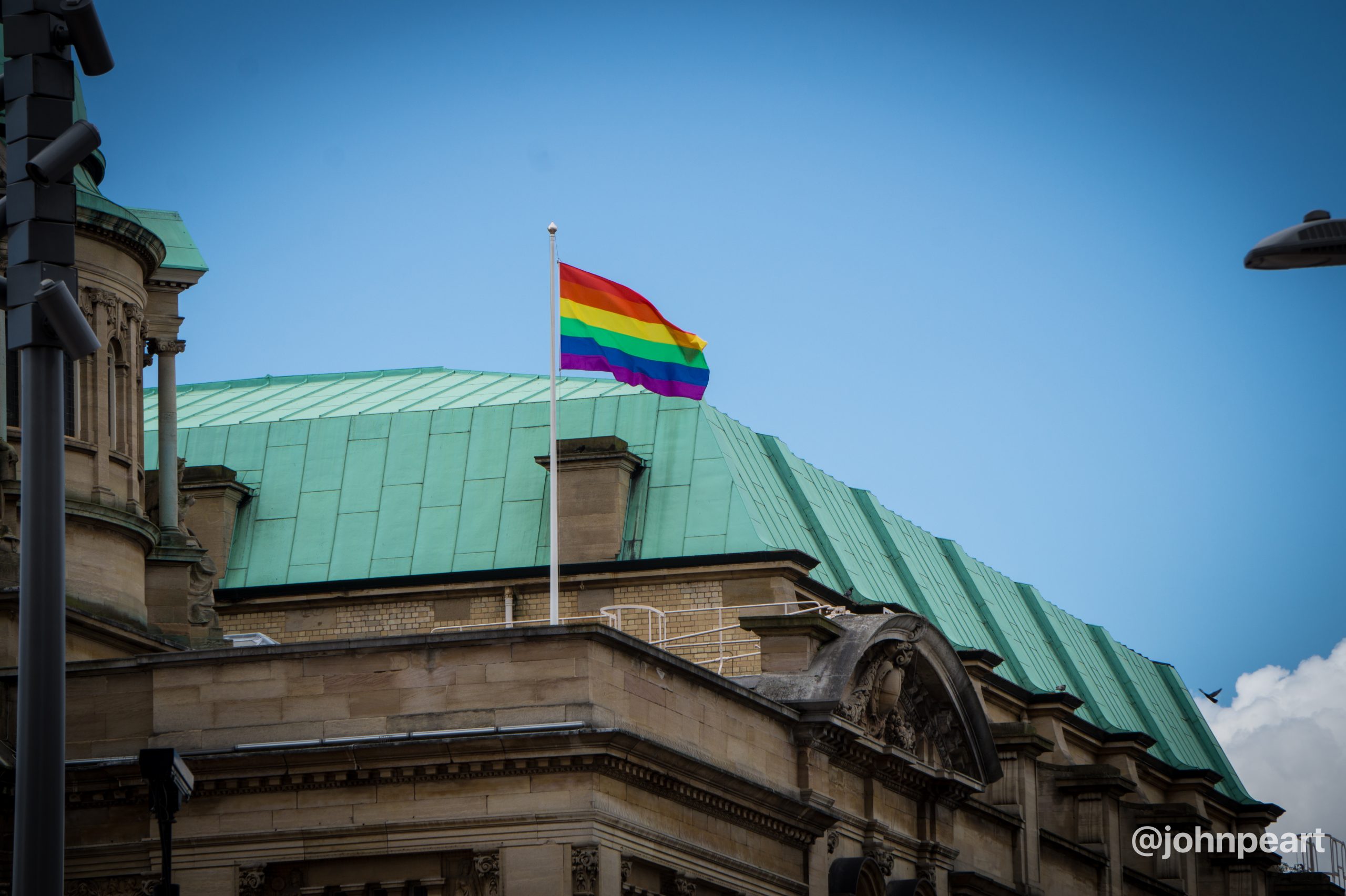LGBT+ History Month is a time to celebrate the tireless work of queer activists, and to reflect on the huge social and political change experienced by the LGBT+ community in recent decades.
There is no shortage of politics to reflect on at the university. This dates back to 1969 when the influential LGBT+ rights group, The Scottish Minorities Group, held their meetings in the Catholic chaplaincy, whilst the 1974 International Congress on Homosexual Rights took place in Teviot Row House.
LGBT+ History Month should, however, be a time to reflect on the personal as well as the political. The consideration of relationships and social lives are integral to our understanding of what it was to be LGBT+ in the past. How did LGBT+ people meet and socialise 40 years ago?
Since 2014, the University Library Blog has been scanning and archiving old editions of The Student. From complaints about broken arcade machines in Teviot, to a review of Sister Sledge at the Playhouse, these old editions provide us with a fascinating, and often amusing, insight into the 1980s student experience. Robbie Foy’s October 1984 feature ‘Homosexuality – the closet remains’, is an earnest, unintentionally comedic, piece describing his experience as a straight man visiting a gay club for the first time (Fire Island, formerly situated on Princes Street).
In it there is a lot to laugh at: the club’s attendees wear boxer-shorts and Nike vests, and Foy’s idea of what queer students talk of being, “German wines, sex positions and the overthrow of heterosexual society.” Despite this, it remains a useful historical source, allowing reflections on how Edinburgh’s LGBT+ student nightlife scene has evolved.
So how much has changed since 1984? At first glance not a great deal: the Nike vests may be gone, but Madonna or Duran Duran are still guaranteed to fill the dancefloor.
A noticeable difference is the venues: Fire Island closed its doors in 1988, and The Laughing Duck in 1994, as just a couple of examples. Today, CC Blooms is one of the few remaining, but struggles to shake its reputation amongst students as a club for older men. The Street is something of a forgotten gem, but perhaps better as a bar than a spot for a big night out.
Student-orientated LGBT+ nightlife is increasingly being run by students themselves, it seems. The Wee Red Bar has become a monthly pilgrimage for many, with grassroots events like XOXO and Temptation providing a safe, accessible, and student-friendly atmosphere.
The Edinburgh University Students’ Association and student societies are also responsible for a great deal of the LGBT+ student nightlife currently available. Crush, a monthly event in Teviot Underground, is the brainchild of LGBT+ Officer Delphi Macpherson. In his article, Foy credits the Students’ Unions for helping homosexuality “raise its profile”, alongside PrideSoc’s predecessor, Lesbian and Gay Students (LAGS). However, this LGBT+ History Month’s programme of events – with everyone from History Society to Dance Music Society running LGBT+ club nights – would be unthinkable in 1984.
LGBT+ students and nightlife are more integrated into the university than ever before; no longer are LGBT+ spaces comparable to, as Foy describes, “putting a rare species of animal behind bars in a zoo for its own good”. Whilst this is undeniably a cause for celebration, it comes with its downsides. As queer culture has become mainstream, LGBT+orientated spaces increasingly attract a more mixed crowd, a development that has proven controversial amongst some event organisers and attendees. The university becoming the centre of LGBT+ student nightlife is also problematic, since it becomes difficult to meet people outside of the University of Edinburgh.
However, as much as the world of queer politics changes, LGBT+ nightlife will always exist. Just as nightlife has been integral to my identity, it is key to understanding what it means to be LGBT+ in the past.
Image: John Peart via Flickr

